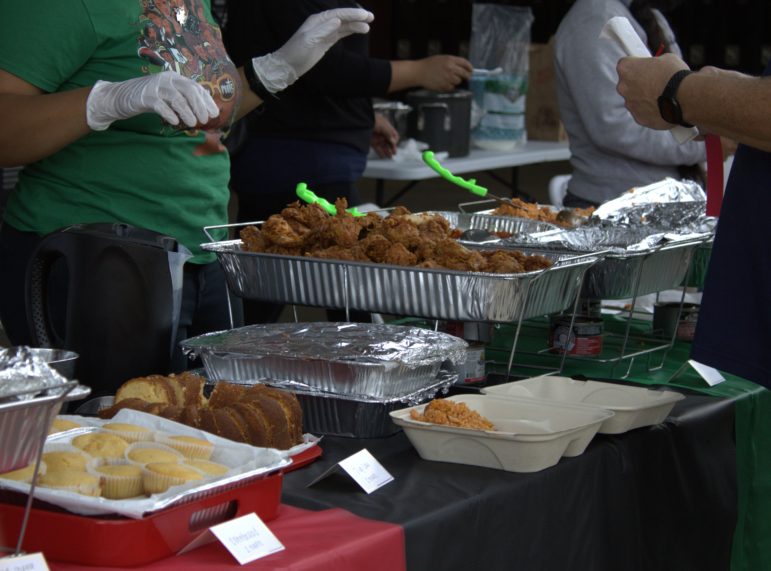
The familiar aroma of a timeless and culturally significant family recipe can carry countless memories of hours spent preparing meals with loved ones. This experience of cooking special cultural foods with family members is common for many students and Aragon staff. For junior Cynthia Rivera, making traditional Mexican dishes such as pozole, a meat-based stew, and buñuelos, sweet flour pastries, is a complicated but rewarding activity.
“Usually, all the food we eat is made by my mom and I,” Rivera said. “We work on it together. Making food with my parents and my mom is very special in terms of our culture.”
Other students have expressed similar parallels in their lives.
“I have a video when I was little of me making Warak Enab,” said freshman Jessica Raheb. “It’s grape leaves stuffed with rice and meat, and I have a memory of me and my sister working on it.”
For some, the tradition of cooking may be more important than the final result.
“I get [Indian food recipes] from my mom and my grandma,” said freshman Shreya Gandhi. “I think they’ve learned from generations and generations, and I want them to pass it down.”
Family recipes are often enjoyed at religious gatherings or family get-togethers, as food can play a central role in the celebration.
“I feel that some of our greatest memories of family traditions [and] ancestral traditions are going to be linked to food,” said Foods and Nutrition and Culinary Arts teacher Jenna Meyer. “No matter what, there’s always going to be associating what we did on that day with what we ate on that day.”
“I think … one of the best ways that you can actually get to know a person’s culture is to eat their food”
Food can not only create connections on a community scale, but it can also help forge interpersonal relationships.
“As a child I didn’t have much of a connection with [my mom], so making those foods was a way to connect with her and our culture since I don’t currently live in Mexico,” Rivera said. “I don’t know everything about the culture, but learning about the food and the ingredients and how it’s made really impacted my perspective on the picture there.”
Forming a personal connection to a culture or place that is located half a world away can be difficult due to the distance, and food is an easily accessible representation of certain aspects of a culture.
“We usually eat [Indian food] with our whole family,” Gandhi said. “We have a lot of cousins that live here, so we try to give it to everybody, [including] all our close friends. Whenever we make it, we make enough [so] that everybody can have some.”
With different cultures from all parts of the world being represented in San Mateo County, Gandhi’s family is one of many connecting and expressing their culture through food.
“I think … one of the best ways that you can actually get to know a person’s culture is to eat their food,” Meyer said. “The way that we’re going to get to a place in the world where we are accepting of all cultures is to experience [them], and there’s no easier way to experience a culture than to just eat the food.”
These opportunities can be sought out through eating at a variety of restaurants, sharing food with others or attending school events celebrating the diversity of its staff and student body, including food fairs.
Freshman Matthew Grabow has experienced cultural connections in the form of eating dinner with friends.
“I thought it was really nice that they’re sharing their culture with me and they felt [they could] open up too,” Grabow said. “I felt touched because sharing culture is kind of a personal thing. It really depends on the person.”
Whether it be following a family recipe under the guidance of a relative or gathering around a dinner table to eat a meaningful meal with friends and family, the power of cultural food can create impactful relationships for all involved.




